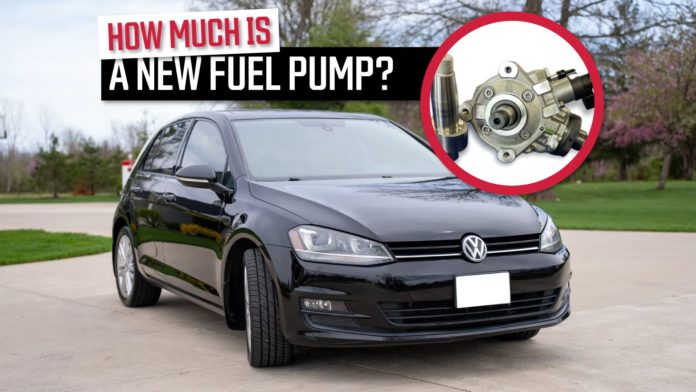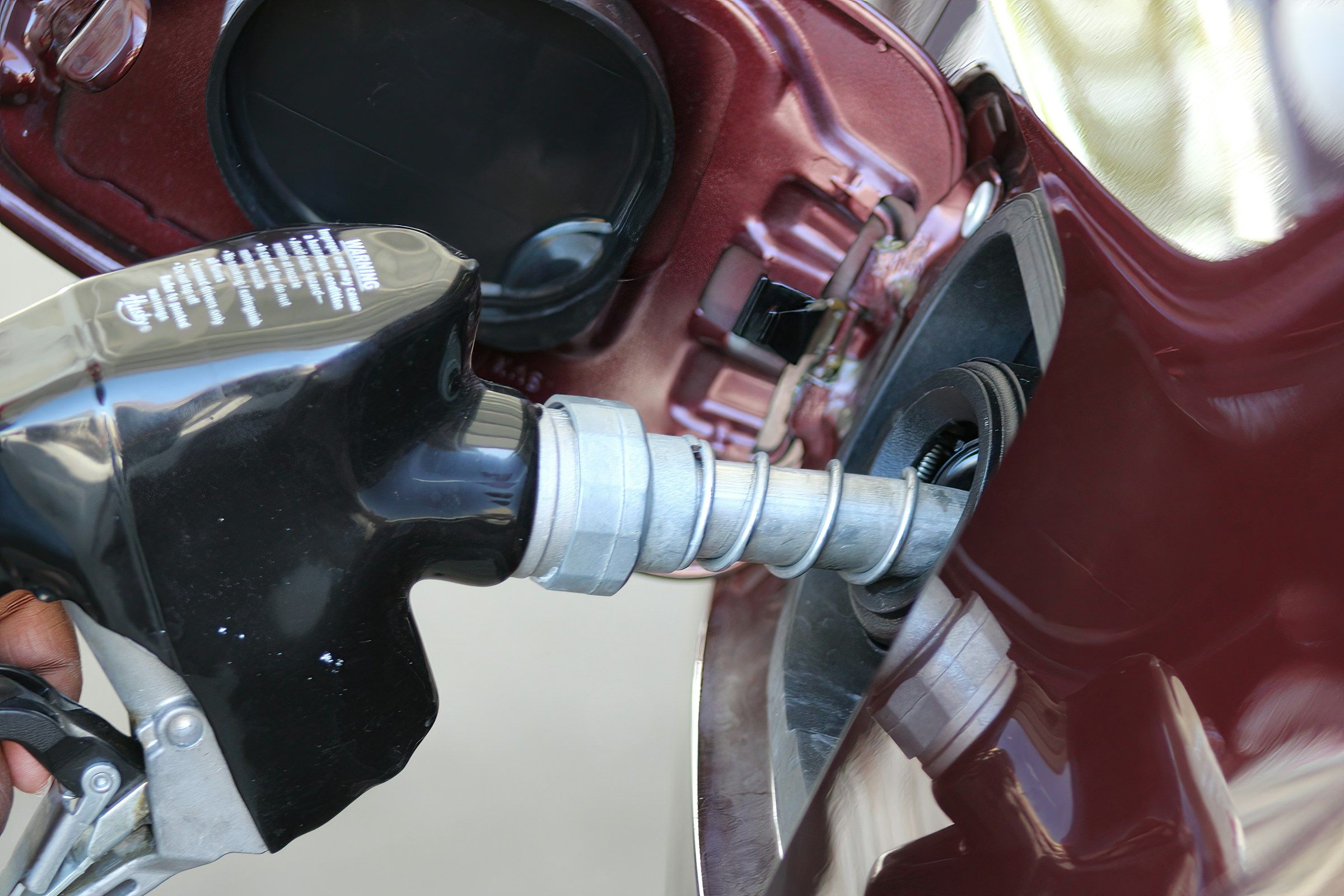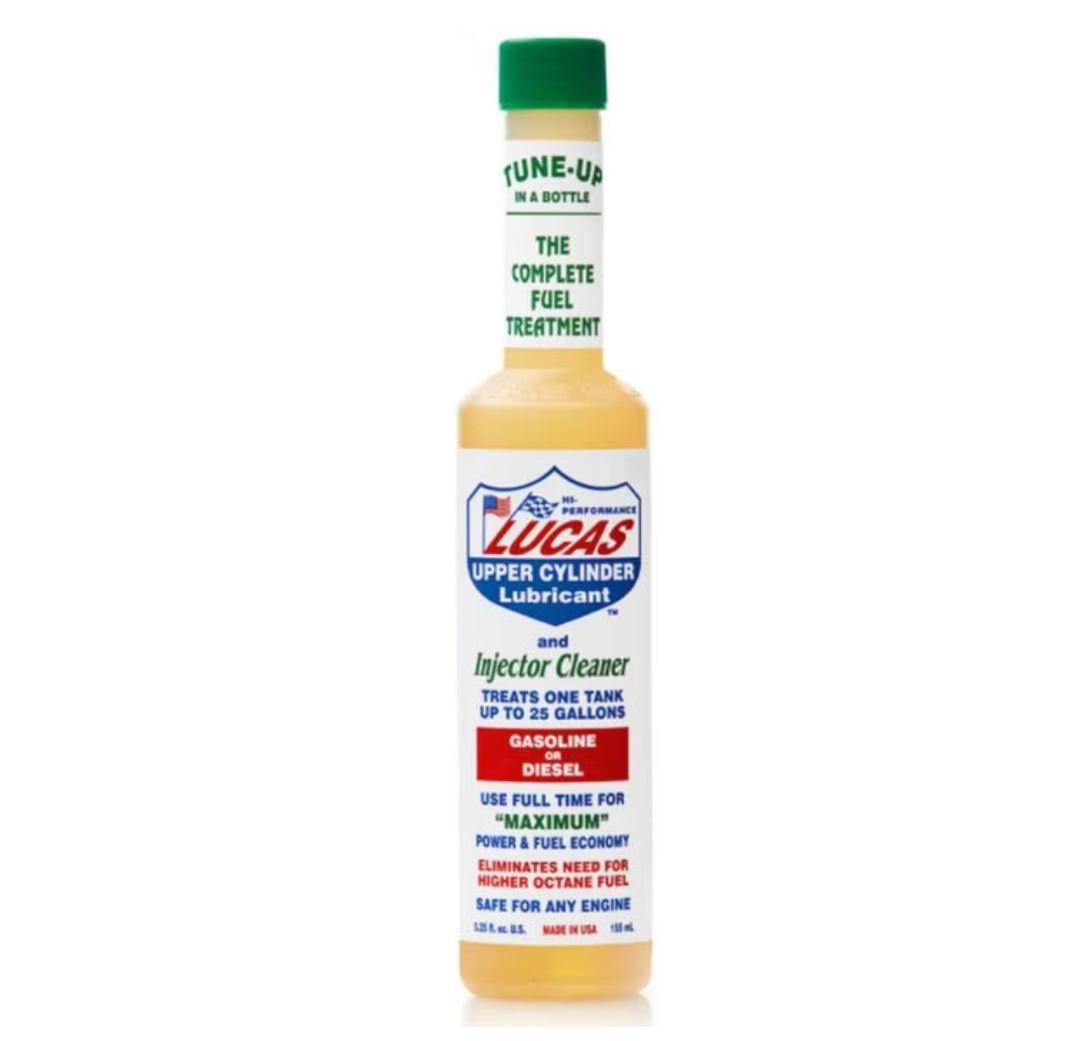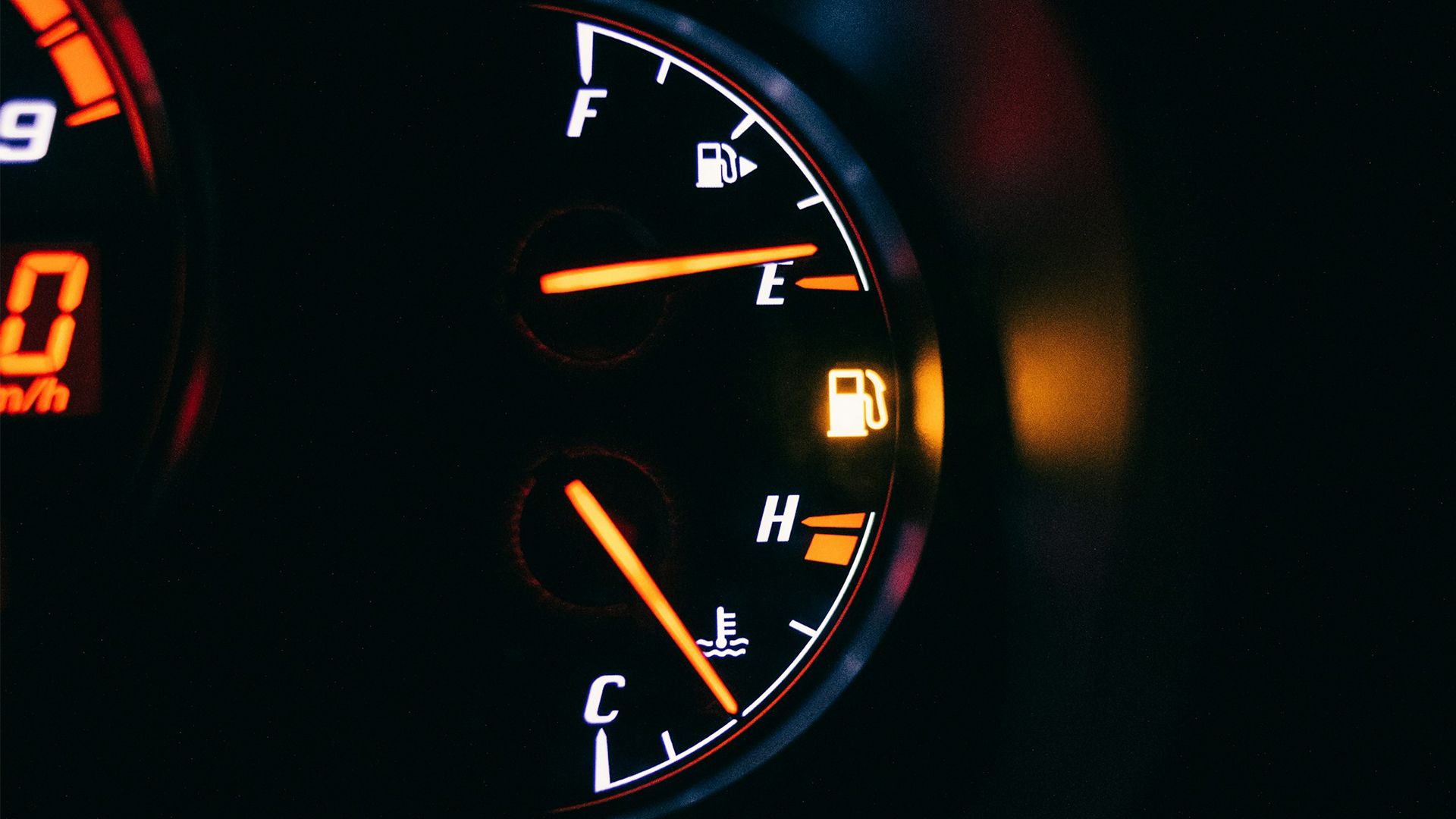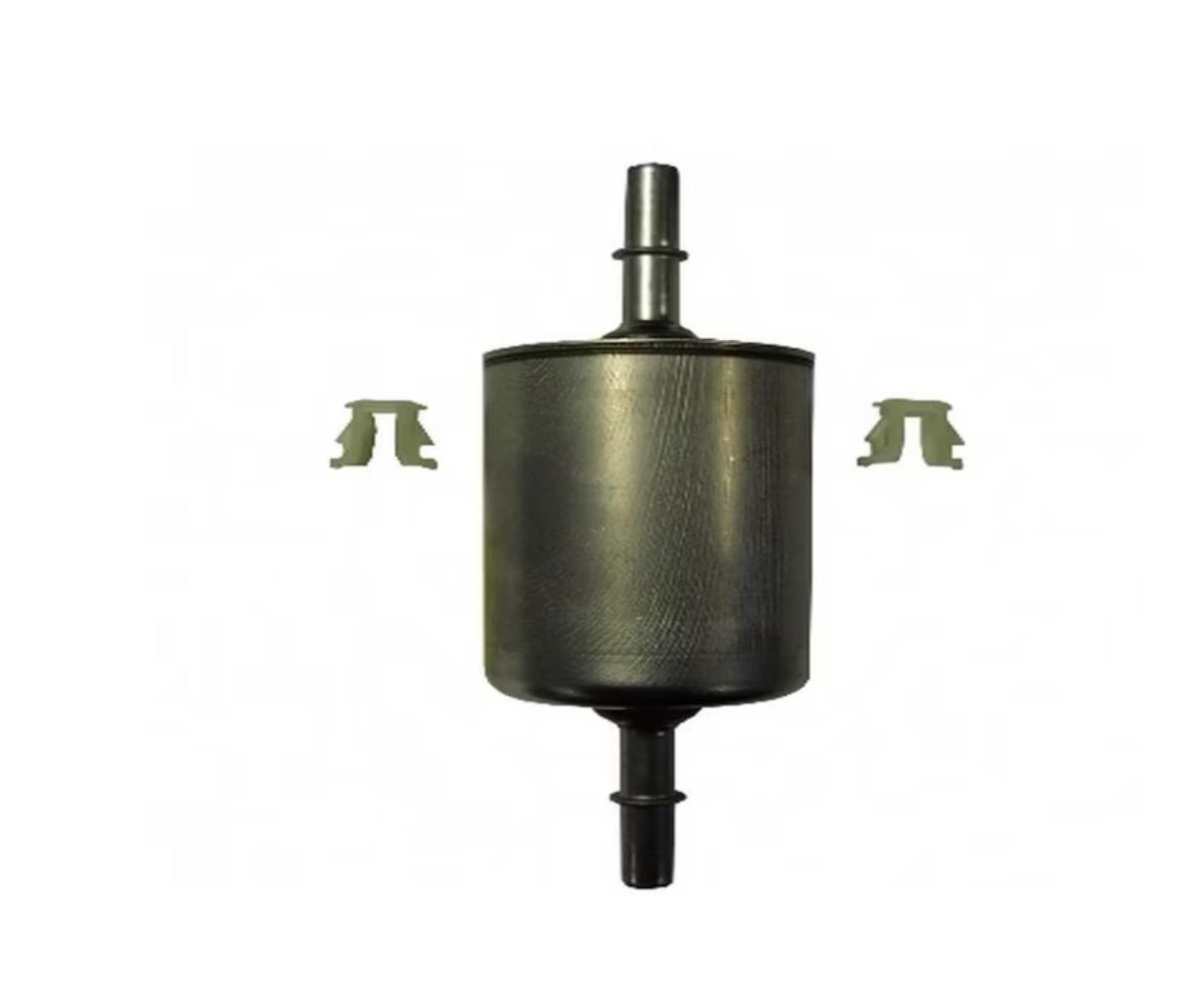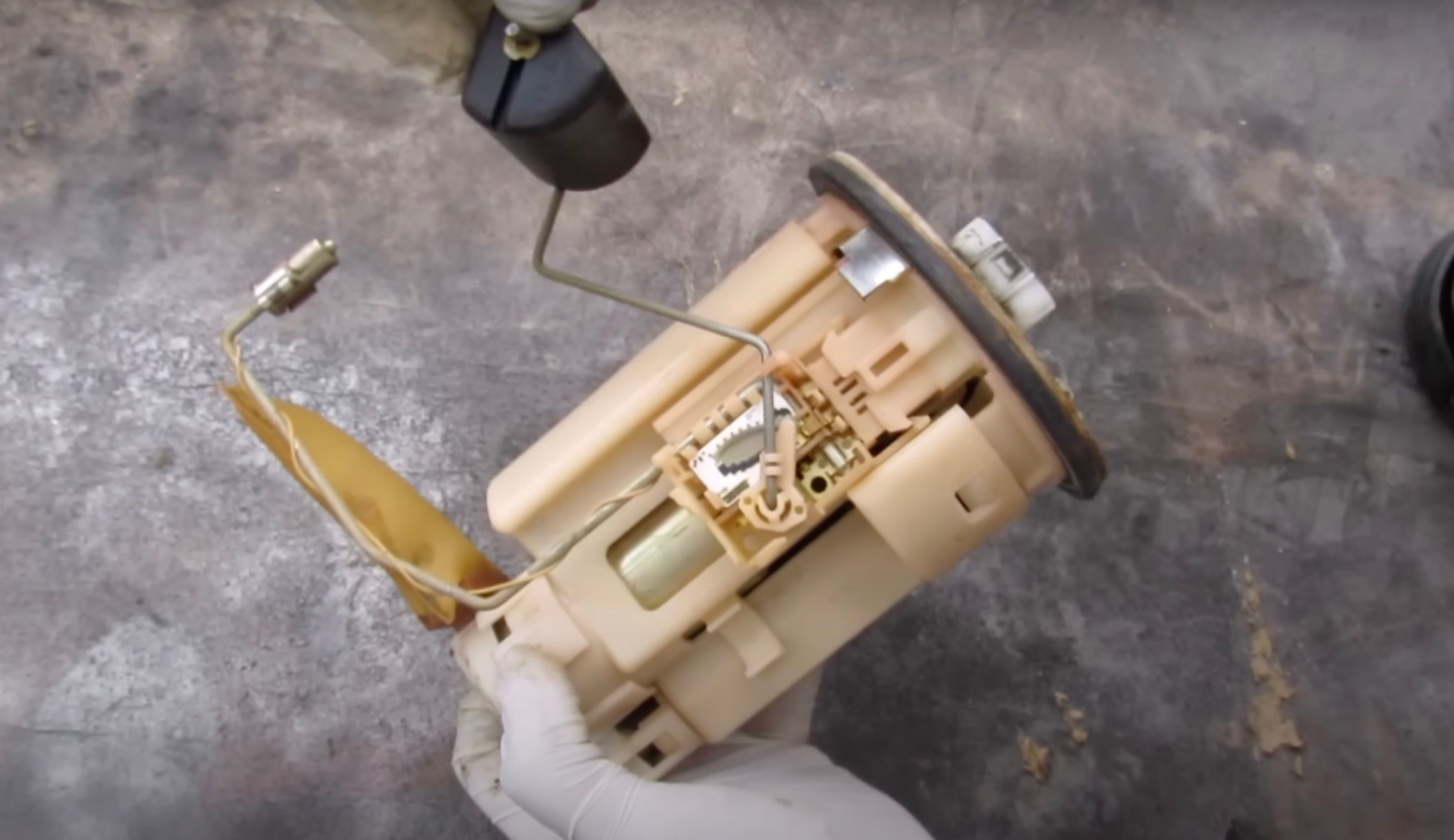One component that can easily render a vehicle immobile is a defective fuel pump. Today, many cars utilize a direct-injection fuel system that relies not on one, but two fuel pumps. In an event where either of the fuel pumps fails, the engine will no longer be able to run. Unlike during years gone by, the modern fuel pump(s) can be extremely expensive to replace. In this article, we’ll cover how to prolong your fuel pumps, what symptoms a worn fuel pump exhibits, how to replace a fuel pump, and how much you can expect a fuel pump replacement to cost.
Fuel Pump Types
There are not many different types or designs of fuel pumps. However, fuel pumps do have different purposes. Fuel-injected vehicles will use an electric fuel pump to draw fuel from the fuel tank and send it to the fuel rail and injectors. Direct-injected vehicles are equipped with an additional fuel pump. These fuel pumps are mechanical and take the low-pressure fuel and raise it to allow the direct-injection fuel injectors to overcome the compression of an engine. The cost of these pumps will vary greatly. However, in most cases a high-pressure fuel pump will be more expensive to replace.
Signs Of A Bad Fuel Pump
Fuel pumps can behave unpredictably, operate intermittently, or just stop working when you least expect it. Modern fuel pumps can use an internal fuel pressure regulator which can fail, allowing the fuel pump to deliver excessive fuel or not enough. Below is the list of the most commonly reported symptoms of a worn fuel pump:
- No start
- Extended cranking
- Loss of power
- Cylinder misfires
Tips For Protecting The Fuel Pump
As unpredictable as a failing fuel pump can be, there are ways you can prolong the fuel pump in your vehicle. The following is a list of tips that can lengthen the life of a fuel pump.
Fuel Additives
Fuel additives such as Lucas Fuel Treatment are not only designed to clean fuel injectors, but the additives inside the chemical help clean and lubricate the internals of fuel pumps. Lucas recommends using a fuel treatment during each fill up. However, if you do this during each mileage interval service, such as when tire rotations or oil changes are done, you’ll likely increase the longevity of your fuel pump.
Avoid Running On A Low Fuel Tank
The prices of fuel today are high and they have the potential to rise as the years go on. Some of us are guilty of running our tanks low on fuel because of the cost of fuel or simply because we don’t always want to top off the fuel tank. In doing this, we increase the likelihood of prematurely wearing out the fuel pump and clogging the fuel filter. The fuel filter is responsible for removing any unwanted contaminants in our fuel. Most of the contaminants or debris remain at the bottom of the fuel tank. If the tank is routinely run low on fuel, we increase the likelihood of the contaminants being drawn into the fuel pump and later clogging the fuel filter.
Routine Fuel Filter Changes
Most of the vehicles being produced today will run a ‘lifetime’ filter and the manufacturers rarely specify when fuel filters should be changed. This is very different from the vehicles that were manufactured decades ago as fuel filter changes were not only common, they were highly recommended. Today’s fuel is much cleaner and more refined than the fuel that used to be pumped into our cars. However, if your vehicle is running a serviceable fuel filter, make sure you’re following the recommended replacement intervals.
Purchase Fuel From A Reputable Gas Station
The odds of pumping dirty or contaminated fuel into your vehicle are fairly rare these days. However, it’s still possible. We always want to support small and locally owned businesses where we can, but if you purchase fuel from a vendor that is routinely seeing high traffic, the odds of pumping quality gas into your vehicle are greater than if you purchase fuel from a vendor that does not experience a lot of fuel sales. Fuel can be contaminated by water, dirt, or rust. Be sure the fuel you’re putting into your vehicle is good. Other than a lab analysis or change in odor, avoiding contaminated fuel is not always easy, especially if you’re traveling out of your hometown. We recommend looking at recent online reviews of the fuel station before pumping its gas into your car. If someone has received bad gas from a station, they’ll likely leave a review.

Add CarBuzz to your Google News feed.
How To Replace Or Repair A Fuel Pump
The in-tank fuel pump that all fuel-injected vehicles use is the most common one to fail. High-pressure pumps can fail too, but they don’t do so as often. Because the low pressure or standard fuel pump is located in the fuel tank, it’s not uncommon to have to remove the fuel tank from the vehicle to gain access. Typically, imported vehicles such as Honda and Toyota will have an access panel in the rear seat on passenger cars. We’ll cover both below.
Vehicles With Access Panels
For vehicles that are equipped with an access panel, replacing a fuel pump will be relatively easy. Follow these steps:
- Relieve the fuel pressure in the system. This can be done by disconnecting the EFI or fuel pump fuse and cranking the engine.
- Remove the fuel cap to release any fuel vapor pressure.
- Remove the rear seat cushion.
- Remove the access panel cover.
- Disconnect the fuel pump electrical connectors, fuel lines, and vapor lines.
- Remove the fuel pump assembly retaining fasteners or lock-ring. On some vehicles, the lock-ring will require a special tool to remove it.
- Remove the fuel pump assembly.
- Replace the fuel pump or the whole assembly.
Vehicles Without Access Panels
Many vehicles, specifically trucks and SUVs, will require the fuel tank to be removed in order to replace the fuel pump. This is a job that can be done at home. However, we recommend taking extra care and caution when removing the fuel tank. Modern fuel tanks are made of plastic that is fairly resilient; metal tanks can be easily dented. The removal of fuel tanks will be easier with a specifically designed fuel tank jack. You can use a floor jack as long as you are careful.
Follow these steps to replace a fuel pump on a vehicle that requires the fuel tank to be removed:
- Relieve the fuel pressure in the system. This can be done by disconnecting the EFI or fuel pump fuse and cranking the engine.
- Remove the fuel cap to release any fuel vapor pressure.
- Disconnect the fuel filler neck from the fuel tank.
- Remove the fuel tank protection (if equipped).
- Support the fuel tank using a jack.
- Carefully remove the fuel tank straps.
- Lower the fuel tank slowly. Do NOT lower the tank all the way down.
- Disconnect the fuel pump electrical connectors, fuel lines, and vapor lines.
- Remove the fuel pump assembly retaining fasteners or lock-ring. On some vehicles, the lock-ring will require a special tool to remove it.
- Remove the fuel pump assembly.
- Replace the fuel pump or the whole assembly.
If possible, before attempting to replace the fuel pump, avoid having a full tank of gas.
How Much Does A Fuel Pump Replacement Cost?
The cost of a new fuel pump will vary depending on which pump has failed and if the fuel pump itself or the entire assembly is being replaced. Additionally, the year/make/model of a vehicle will also affect pricing. RepairPal estimates that the average cost to replace a fuel pump is $1,000 to $1,300. This amount may seem excessively high to some and not high enough to others. Some fuel pump assemblies can cost as much as $1,600.
RepairPal estimates the labor cost to be between $160 and $200. This means the bulk of the cost for this job is due to the cost of the parts. However, on some vehicles, you can choose to replace the fuel pump alone, which can cost as little as $50. The replacement cost for a high-pressure fuel pumps can range in price much like the in-tank pumps. These pumps can cost anywhere from $600 to $1,600.
The major difference that confuses many people is the part that is being compared. A high-pressure fuel pump is the pump itself. Many times, when an in-tank fuel pump is priced, it’s priced as an assembly or module. These assemblies will include a fuel level sensor, a fuel temp sensor, and a fuel pump. In many scenarios, if the in-tank fuel pump is being replaced and the original assembly is being used, there are tons of savings to be had. The reason why so many shops and customers opt to purchase the more expensive assembly is because the last thing you want to do is pay for the same job twice.
If the fuel pump fails, and it is replaced as an individual component, then the fuel level sensor fails, you’ll have to get back into the fuel tank again, thus paying twice. Another huge difference in pricing is when an OE part is compared to an aftermarket. Many aftermarket companies offer a replacement part for a fraction of the cost compared to what the OE companies are asking. Many fuel pumps come with a warranty and some with a lifetime warranty. However, these warranties rarely cover labor costs.
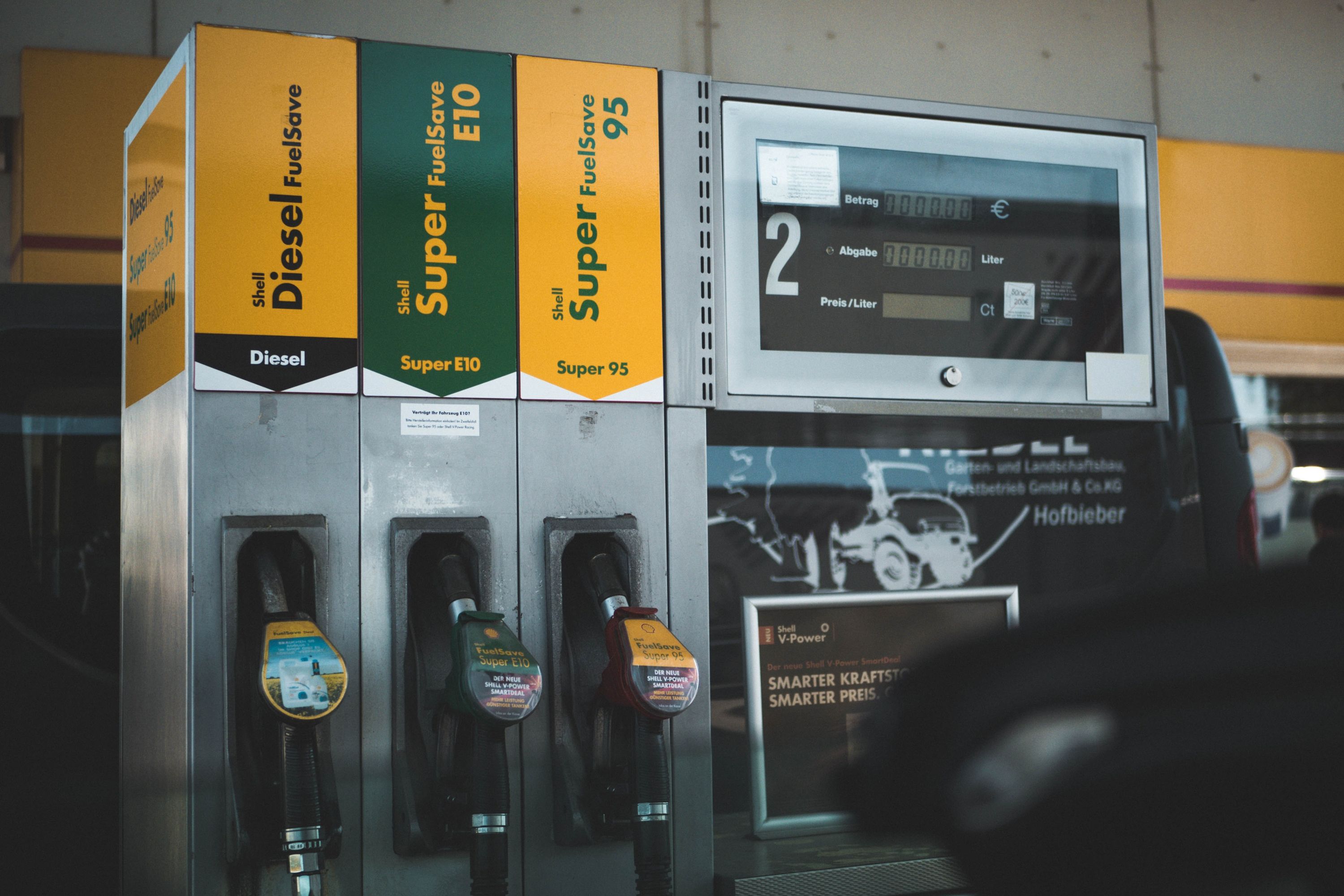
Related
At The Pumps: Your Car’s Fuel Requirements
Knowing the right fuel for your car is essential.
The repair cost for a fuel pump can vary. Some pumps can be replaced for as little as $50 and others will soar past $1,500. We recommend using OE parts when you can. Fuel pumps can be unpredictable if/when they fail, but it’s not uncommon to find signs that your pump is failing. If you are trying to prolong your vehicle’s fuel pump life, try some of the tips we listed above. If your vehicle has an access panel, replacing the pump can be a breeze. If you have a truck, SUV, or vehicle that does not have an easy access panel, you may want to let the pros handle the repair.
| Component Cost Estimates | |
|---|---|
| Component | Estimated Cost |
| In-tank fuel pump | $35 – 120 |
| In-tank pump assembly | $120 – $1,600 |
| High-pressure mechanical pump | $400 – $1,600 |
| Mechanical low-pressure pump (carbureted) | $15 – $35 |

